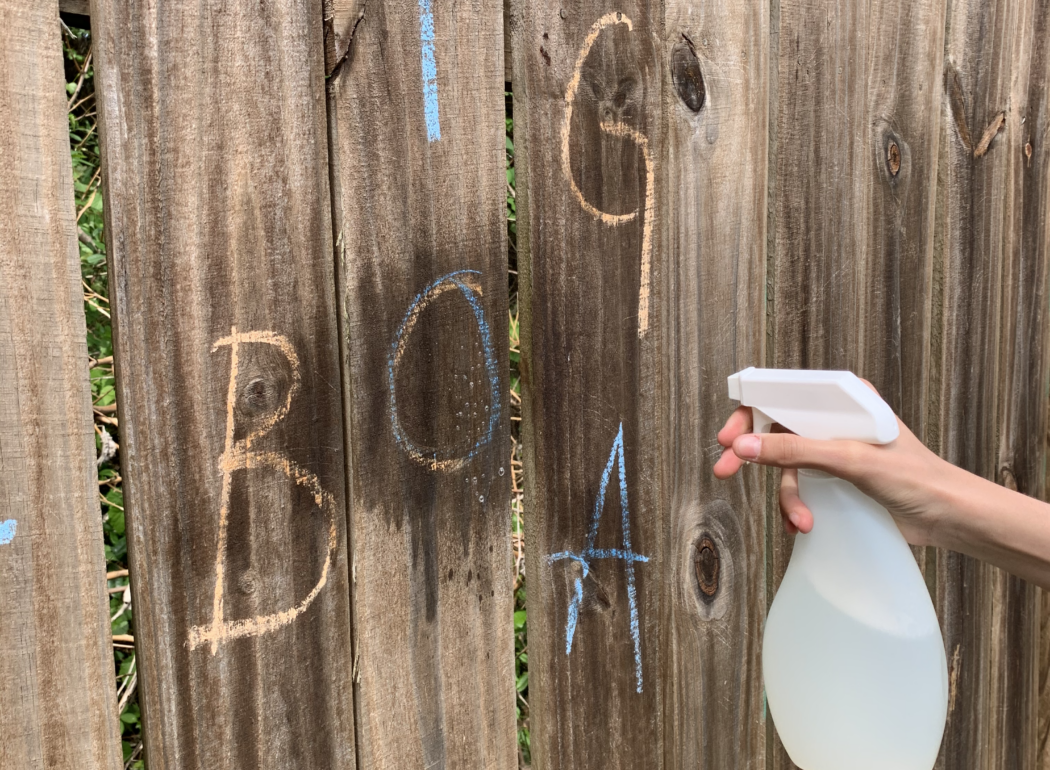Teaching doesn’t just have to take place indoors! Moving your kiddos outdoors is not only a great way to break routine but can be a fun way to reinforce math, literacy, and science skills by moving their bodies! We’ve created a list of great ways for any age level to move the learning outdoors in your yard all inspired by some of our favorite shows.
WordGirl Soccer (Literacy)
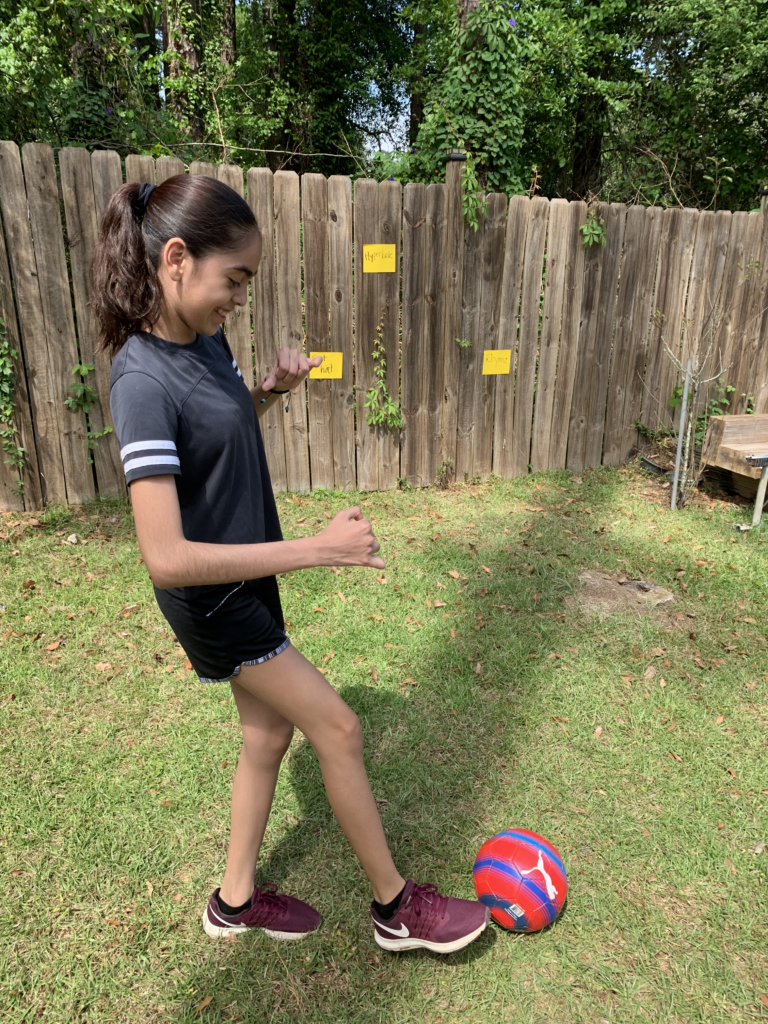
This activity doesn’t just help kiddos practice their gross motor skills through balance and foot and eye coordination, but also helps their vocabulary word skills grow into a super WordGirl or Boy.
Hang a set of vocabulary words on a wall or fence outside. The objective of the game is for your student to kick the ball towards the correct vocabulary word when you call it out. You can adapt the game by spelling the vocabulary word or saying the definition of the word instead of the word itself.
Modification by Grade Level
Preschool-1st: Sight Words
2nd-5th: Spelling Words
6th-8th: Literary Device + Definitions
Materials:
- Index cards, sticky notes, or any paper that can stick to a surface
- Vocabulary list from school
- Soccer ball, or any ball
SuperWhy! Letter Spray (Literacy+Math)
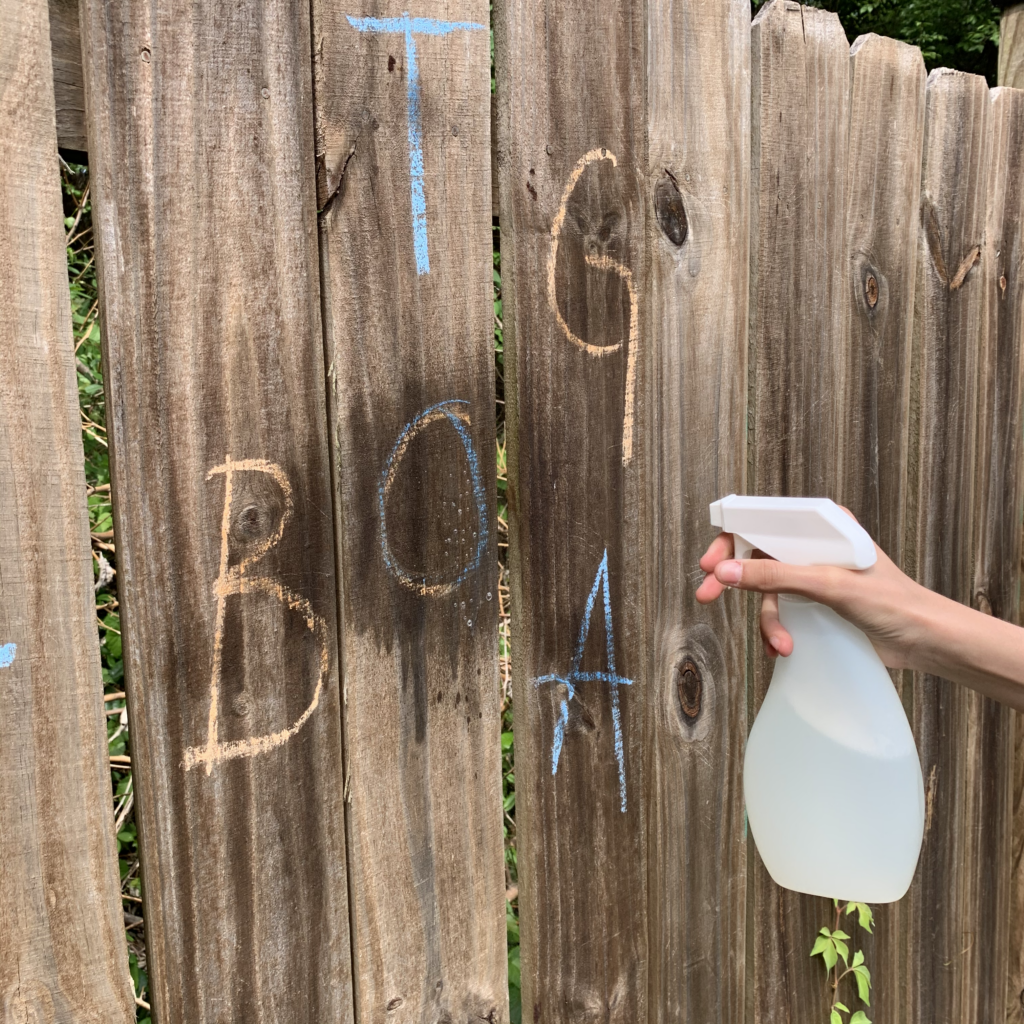
The SuperWhy! team are here to help! Not only can this project work for practicing handwriting but also for math skills. For literacy, write random letters sporadically (including the letters you need to spell your vocabulary word) on an outdoor surface (we used a fence) and then call out the word they have to spell. Your student uses the spray bottle to point and spray at the correct letters, in the correct order.
For math, call out the math problem and have them spray the correct answer.
Modification by Grade Level
Preschool-1st: Call out Letters and Numbers for students to identify and find
2nd-5th: Use vocabulary words or math problems from school for them to solve
6th-8th: For math, let them “show” their work with chalk rather than pencil and paper. For literacy, write sentences with grammatical errors and have them spray the error and write the corrected sentence out. Or write two sets of vocabulary words; one spelled correctly and one incorrectly and have them spray the correct word.
Materials:
- Chalk
- An outdoor surface that can get wet and show chalk lines
- Spray Bottle (or use a sponge or paint brush and water)
- A vocabulary list or math problem list from school
Nature Cat’s Bug Catcher (Science)
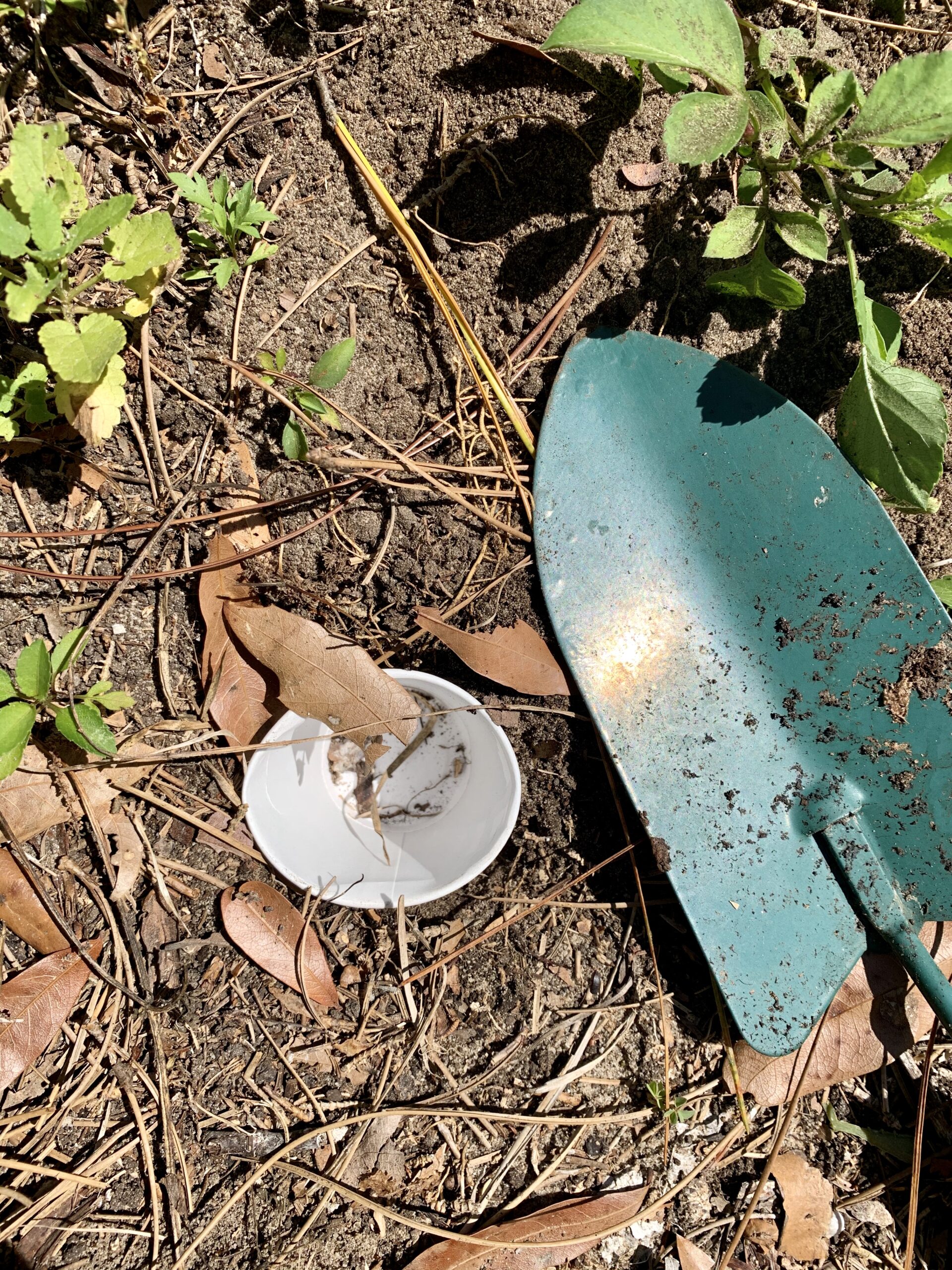
Ever wonder what litter critters live in your backyard? For this activity you’ll need a small container, (we used Dixie cups) to hide in a little hole in the ground. Leave the cup for a few hours or overnight for critters to crawl in for observation. In preparation for your discoveries, ask your explorer how different terrains like grassy areas, shaded areas, and open areas would affect how many bugs and insects they might catch. Older explorers might be able to hypothesize if the terrain or weather affected which bugs were caught and why.
Once you catch a bug, carefully and gently observe it, make a drawing, and as always, please remember to gently release them back into their natural habitat!
Modification by Grade Level
Preschool-1st grade: Have them estimate the number of bugs they’d catch, how does terrain affect that number or time of day
2nd -5th grade: Factors to mention are weather, seasons, or predators. Also introduce graphing and charting for multiple days.
6th-8th grade: Create a hypothesis, have multiple trials in different areas of the backyard, cover some and other leave exposed and chart your results.
Materials:
- Dixie Cups, or small container
- Gardening shovel, or an old spoon
- Paper
- Pencil
Molly’s Backyard Journal (Informational Text + Science)
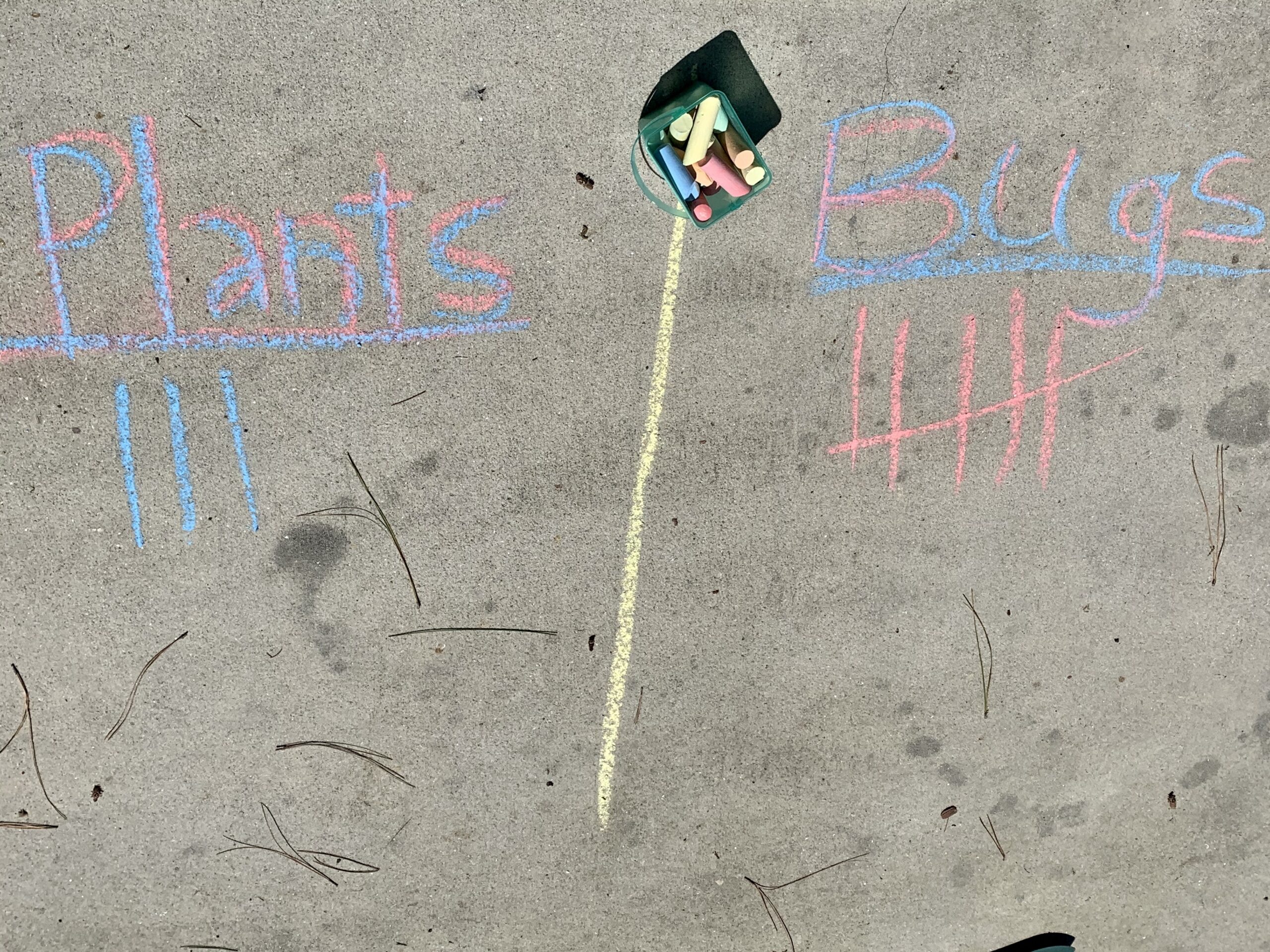
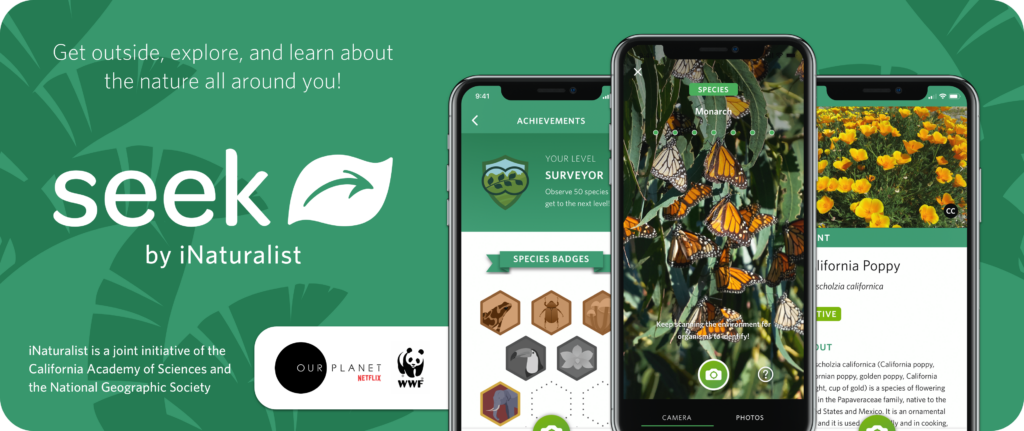
Molly of Denali loves finding out new information and sharing it through vlogs (video blogs.) With this activity, work together to document what you can find in your yard.
To help you identify your discoveries, we suggest using the Seek by iNaturalist app that’s free for download. It uses photo recognition to identify the animals and plants around you. You can also re-purpose an old notebook, recycle old paper and staple it together, or use chalk in the driveway to keep a record.
As you identify plants and animals, try finding other types of informational text about them on the internet or in books. As always, we recommend checking out PBS LearningMedia for educational resources!
Modification by Grade Level
Preschool-1st grade: Keep a tally of the different species of plants and animals in your backyard. Encourage drawing the animal/plant. Identify if it’s a safe plant to touch; if so how does it feel, smell, look, taste?
2nd-5th grade: Using the app, go explore the different plants and categorize them. Without the app, take photos of each plant, or do a plant rubbing to keep in journals.
6th-8th grade: Using the app, identify what plants are native to your area and do further research on invasive plant species and their effect on the local environment. Create your own vlog with the information you find!
Share what you’ve been doing with us on our Facebook page or tag us on Instagram (@wfsueducation). Please share your findings in your yard with us by posting on social media using our special hashtag: #WFSUatHome

